Blogs & News
We are focus on automotive wiring harness & connectors technology.
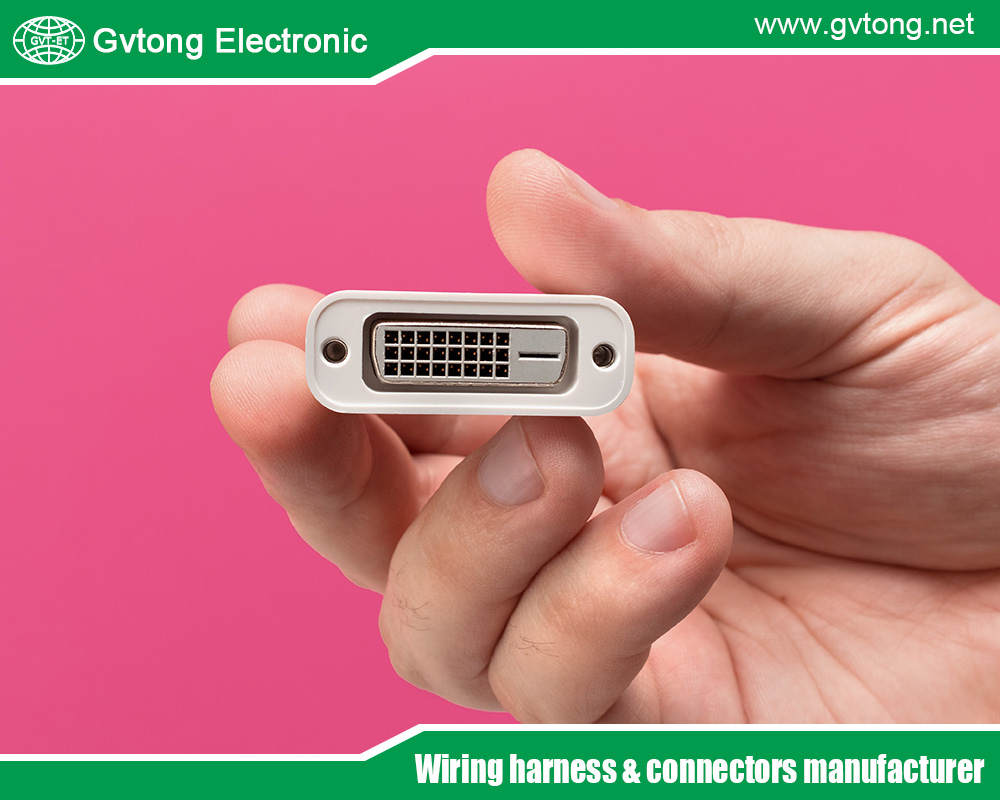
Why You Should Choose to Use a 5-Pin Plug Connector
- Gvtong Electronic
- 12 volt 2 pin waterproof connector, 2 pin waterproof electrical connector, 2 Pin Way Car Waterproof Electrical Connector, 2p 32p Automotive Connector Terminal Crimping, 4 Pin Connector, 4-wire electrical connectors, 5-pin plug connector, Automobile Connector In China, Automobile Waterproof Connector, Automotive and Sealed PCB Wire Connectors, Automotive and Transportation Connector Companies Russia, automotive antenna connector, automotive camera connector, automotive camera connector manufacturer, Automotive camera connector types, Automotive Camera Connectors, Automotive Camera Module Connectors, Automotive Coaxial Camera Connectors, automotive coaxial connector, automotive connector manufacturer, Automotive Connector Supplier, automotive connectors and terminals, automotive connectors factory, automotive data connector, automotive electrical connector, automotive High voltage connector, automotive Low voltage connector, automotive Oil-resistant Connectors, automotive power distribution, automotive Signal Connector, automotive waterproof connectors
- No Comments
Why You Should Choose to Use a 5-Pin Plug Connector
When towing a trailer, the electrical connection between the tow vehicle and the trailer is critical for safety and functionality. While 4-pin connectors are common for basic lighting, the 5-pin plug connector offers enhanced versatility for trailers with additional features, such as electric brakes or auxiliary power. As a supplier of trailer components, we understand the importance of choosing the right connector for your towing needs. The 5-pin plug connector is a robust, reliable choice for light- to medium-duty trailers, providing more functionality than a 4-pin system without the complexity of 6- or 7-pin systems. This article explores why the 5-pin plug connector is the ideal choice, covering its benefits, applications, installation, and maintenance. Whether you’re a DIY enthusiast or a professional, this guide will help you make an informed decision to ensure safe and efficient towing.
What Is a 5-Pin Plug Connector?
A 5-pin plug connector is an electrical interface used to connect a tow vehicle’s wiring system to a trailer’s lighting and auxiliary systems. It typically consists of five color-coded wires, each with a specific function:
- Brown Wire: Tail lights, running lights, and license plate lights.
- Yellow Wire: Left turn signal and brake light.
- Green Wire: Right turn signal and brake light.
- White Wire: Ground connection.
- Blue Wire: Electric brakes or auxiliary power (e.g., for interior trailer lights or a battery charger).
The 5-pin connector is available in flat or round configurations, with the flat 5-pin being more common in North America for light- to medium-duty trailers, such as boat trailers, utility trailers, or small campers. Unlike the 4-pin connector, the 5-pin system supports additional features, making it suitable for trailers requiring more than basic lighting.
Elaboration Tip: Discuss the history of 5-pin connectors, their adoption in specific industries (e.g., marine or RV), or compare flat vs. round connectors in detail.
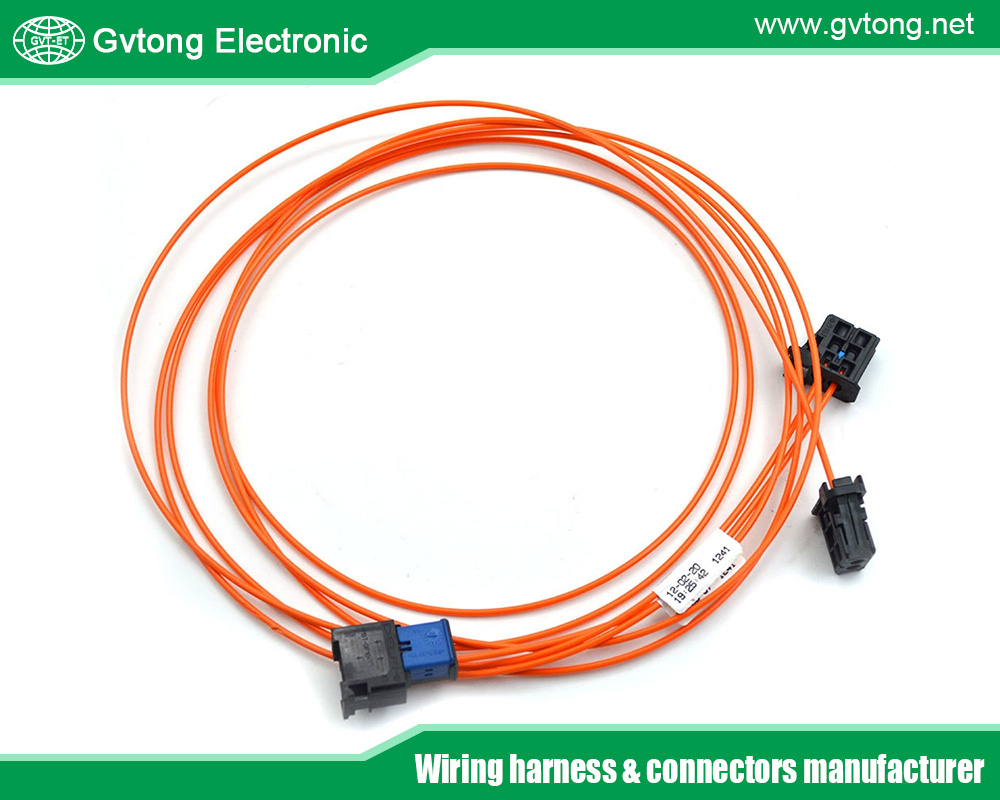
Why Choose a 5-Pin Plug Connector?
Suppliers recommend the 5-pin plug connector for several compelling reasons:
- Versatility: The additional fifth wire (blue) supports electric brakes or auxiliary power, making it ideal for trailers with advanced features.
- Compatibility: Many tow vehicles and trailers are equipped with 5-pin sockets, and adapters (e.g., 5-to-4-pin) ensure flexibility.
- Safety: The blue wire can power electric brakes, enhancing control and stopping power for heavier trailers, reducing accident risks.
- Cost-Effectiveness: The 5-pin system is affordable and widely available, offering more functionality than a 4-pin system without the expense of a 7-pin setup.
- Simplicity: With only one additional wire, it’s easier to install and troubleshoot than 6- or 7-pin systems, making it DIY-friendly.
- Regulatory Compliance: In the U.S., trailers with electric brakes must have a functional brake circuit, which the 5-pin connector supports, ensuring DOT compliance.
Elaboration Tip: Include case studies (e.g., a boat trailer needing auxiliary power for a bilge pump) or statistics on trailer-related accidents reduced by electric brakes.
Applications of 5-Pin Plug Connectors
The 5-pin plug connector is used in various towing scenarios:
- Boat Trailers: The blue wire powers winches, bilge pumps, or interior lights, essential for marine applications.
- Utility Trailers: Supports electric brakes for safely hauling heavy loads like construction equipment.
- Small Campers: Provides auxiliary power for interior lighting or battery charging.
- Agricultural Trailers: Powers brakes or lights for small farm trailers.
Its versatility makes it a favorite for trailers weighing up to 3,000–5,000 pounds, where electric brakes or auxiliary power are beneficial but a 7-pin system is overkill.
Elaboration Tip: Describe specific trailer brands or models that use 5-pin connectors or discuss niche applications like horse trailers.
Comparing 5-Pin to Other Connectors
To understand why the 5-pin connector is preferable, compare it to other systems:
4-Pin Connector:
- Pros: Simpler, cheaper, sufficient for basic lighting.
- Cons: Lacks support for brakes or auxiliary power, limiting its use for heavier trailers.
6-Pin Connector:
- Pros: Supports brakes, auxiliary power, and reverse lights.
- Cons: More complex and less common for light-duty trailers.
7-Pin Connector:
- Pros: Handles heavy-duty trailers with multiple functions (brakes, reverse lights, 12V power).
- Cons: Overly complex and expensive for small trailers.
The 5-pin connector strikes a balance, offering more functionality than a 4-pin system while remaining simpler than 6- or 7-pin systems.
Elaboration Tip: Include a table comparing wire functions across systems or discuss adapter compatibility (e.g., using a 5-to-7-pin adapter).
Installation Guide for 5-Pin Plug Connectors
Installing a 5-pin plug connector is straightforward with the right tools and knowledge. Here’s a step-by-step guide:
Gather Tools and Materials:
- 5-pin connector kit (plug and socket), wiring harness, wire strippers, crimpers, electrical tape, heat shrink tubing, multimeter, and dielectric grease.
- Safety gear: gloves, safety glasses.
Plan the Wiring Route:
- Map the path from the trailer’s lights and brake controller (if applicable) to the front of the trailer.
- Ensure the blue wire reaches the electric brake system or auxiliary device.
Connect the Lights:
- Brown wire: Connect to tail lights and running lights.
- Yellow wire: Attach to the left turn signal/brake light.
- Green wire: Connect to the right turn signal/brake light.
Use butt connectors or solder, and insulate with heat shrink tubing.
Wire the Blue Wire:
- For electric brakes, connect to the brake controller or brake assembly.
- For auxiliary power, connect to the device (e.g., interior light or battery charger).
Ground the System:
- Attach the white wire to a clean, rust-free spot on the trailer frame using a self-tapping screw.
Install the 5-Pin Plug:
- Strip the wire ends and connect them to the plug’s terminals per the manufacturer’s diagram.
- Secure the plug to the trailer tongue.
Test the System:
- Plug into the tow vehicle’s 5-pin socket.
- Test headlights, turn signals, brakes, and the blue wire function (e.g., brake activation or auxiliary power).
- Use a multimeter to check continuity if issues arise.
Secure the Wiring:
- Use zip ties to fasten wiring along the trailer frame, avoiding sharp edges.
Tips:
- Apply dielectric grease to connector pins to prevent corrosion.
- For vehicles without a 5-pin socket, install a vehicle-side wiring harness or use an adapter.
- Test the brake circuit with a partner to ensure proper activation.
Elaboration Tip: Add detailed instructions for specific vehicles (e.g., splicing into a truck’s wiring) or discuss marine-grade components for boat trailers.
Troubleshooting Common Issues
Common problems with 5-pin connectors include:
Brakes Don’t Engage:
- Cause: Faulty blue wire connection or brake controller issue.
- Solution: Check the blue wire for continuity and verify the controller settings.
No Lights:
- Cause: Poor ground or loose plug.
- Solution: Clean the ground point and ensure the plug is secure.
Auxiliary Power Failure:
- Cause: Overloaded circuit or damaged blue wire.
- Solution: Check the device’s power draw and inspect the wire for breaks.
Flickering Lights:
- Cause: Corroded pins or weak ground.
- Solution: Clean pins with a wire brush and apply dielectric grease.
Elaboration Tip: Include anecdotes from users (e.g., X posts about troubleshooting) or discuss advanced diagnostics with a multimeter.
Maintenance Tips
To ensure reliability:
- Inspect Regularly: Check wires and connectors for wear or corrosion.
- Clean Pins: Use contact cleaner to remove corrosion.
- Protect from Weather: Apply dielectric grease and store the plug in a cover.
- Test Before Use: Verify all functions before towing.
- Replace Worn Parts: Swap out damaged wires or connectors promptly.
Elaboration Tip: Discuss storage tips for seasonal trailers or maintenance schedules.
Why Suppliers Advocate for 5-Pin Connectors
As suppliers, we prioritize reliability, safety, and customer satisfaction. The 5-pin connector is a proven solution that balances functionality and simplicity, reducing returns and support calls. Its widespread use ensures easy sourcing of parts, and its compatibility with adapters makes it versatile for various towing setups.
Elaboration Tip: Add supplier perspectives, such as inventory benefits or customer feedback.
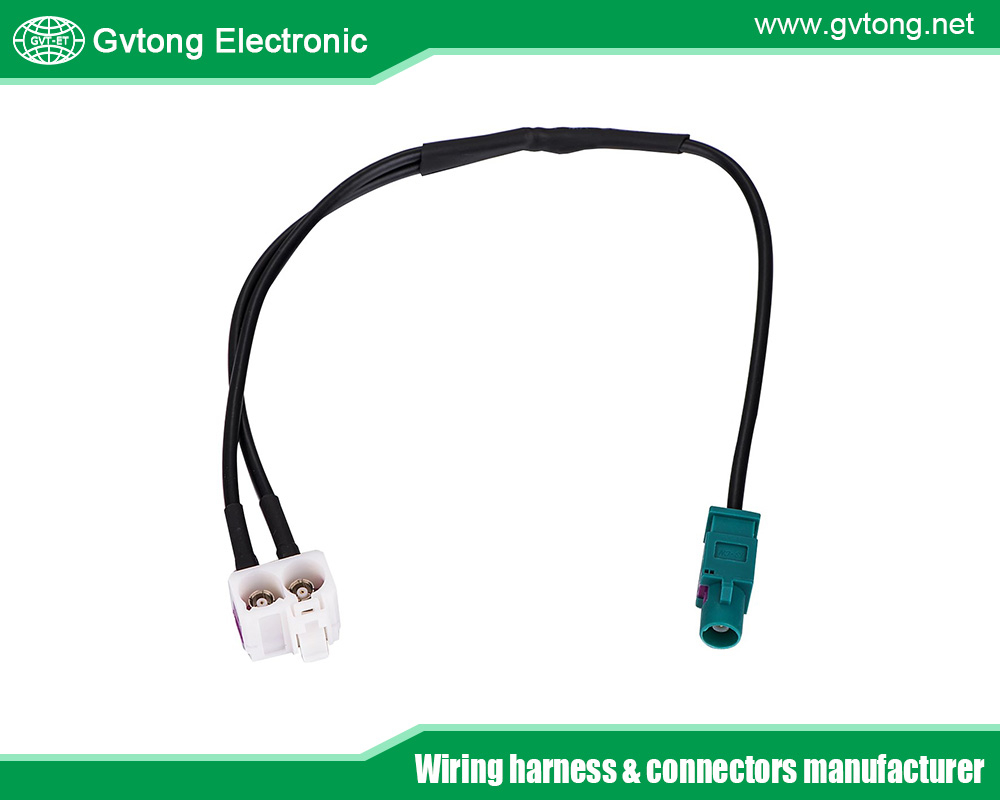
Conclusion
The 5-pin plug connector is a versatile, cost-effective, and safe choice for towing light- to medium-duty trailers. Its ability to support electric brakes or auxiliary power makes it superior to 4-pin systems, while its simplicity keeps it accessible for DIYers. By understanding its benefits, applications, and maintenance needs, you can confidently choose the 5-pin connector for your towing setup. Suppliers recommend it for its reliability and compliance with safety standards, ensuring peace of mind on the road. Invest in a quality 5-pin system, follow proper installation and maintenance practices, and enjoy safe, efficient towing.
For more about why you should choose to use a 5-pin plug connector, you can pay a visit to Gvtong at https://www.gvtong.net/ for more info.
Recent Posts
The Best GR Series-Circular Connectors Manufacturer
The Best GD Series Combined Power Connector Manufacturer
A Guide to Selecting the Best GH Series Plastic Connector Manufacturer
How High Pressure Connectors Work?
The Best Automotive Connector Companies
Tags
Recommended Products
-
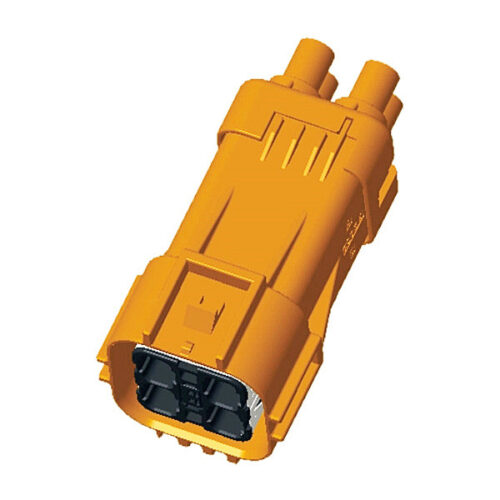
High voltage connector-GH630 series-4P
-
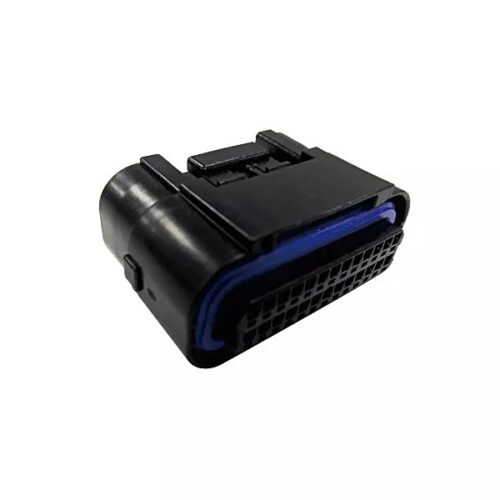
Signal connector – waterproof, double row, 34/40 core
-
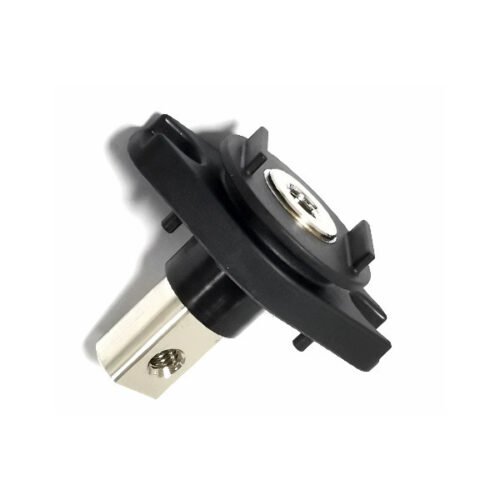
GH Series-DCDC Through-the-Wall Terminal
-
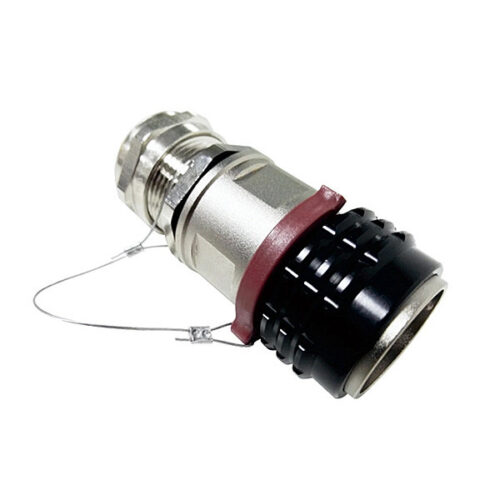
Signal connector-2 core
-
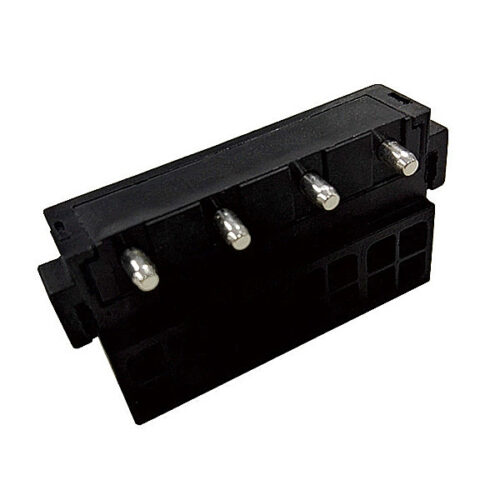
4-pin power connector (35A)
-
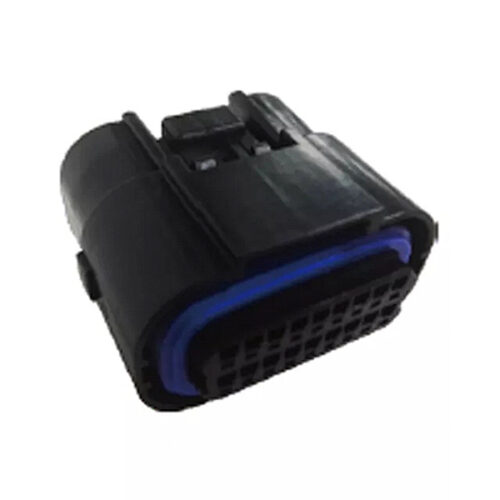
Signal connector-waterproof, double row, 18/26 core
-
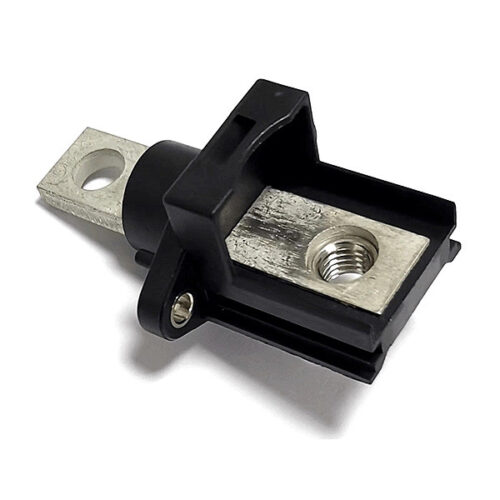
GHDC terminal
-
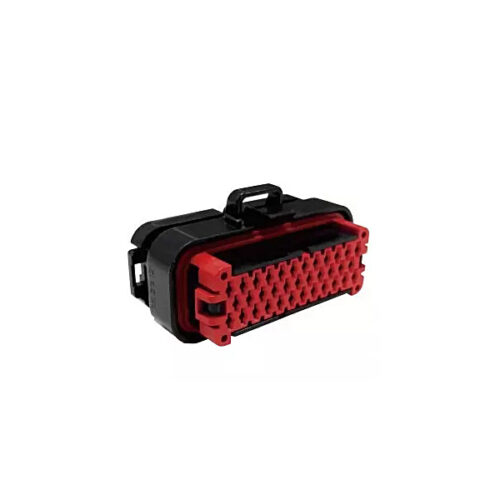
Signal connector – waterproof, three rows, 35 cores
